WHAT IS NATURE-DEFICIT DISORDER?
The term Nature-Deficit Disorder® was introduced in 2005 with the publication of “Last Child in the Woods: Saving Our Children from Nature-Deficit Disorder.”
I coined the phrase to serve as a description of the human costs of alienation from nature and it is not meant to be a medical diagnosis (although perhaps it should be), but as a way to talk about an urgent problem that many of us knew was growing, but had no language to describe it. The term caught on, and is now a rallying cry for an international movement to connect children to rest of nature. Since then, this New Nature Movement has broadened to include adults and whole communities.
Although human beings have been urbanizing, and then moving indoors, since the introduction of agriculture, social and technological changes in the past three decades have accelerated the human disconnect from the natural world.
Among the reasons: the proliferation of electronic communications; poor urban planning and disappearing open space; increased street traffic; diminished importance of the natural world in public and private education; and parental fear magnified by news and entertainment media.
Since 2005, the number of studies of the impact of nature experience on human developed has grown from a handful to nearly one thousand. This expanding body of scientific evidence suggests that nature-deficit disorder contributes to a diminished use of the senses, attention difficulties, conditions of obesity, and higher rates of emotional and physical illnesses. Research also suggests that the nature-deficit weakens ecological literacy and stewardship of the natural world. These problems are linked more broadly to what health care experts call the “epidemic of inactivity,” and to a devaluing of independent play. Nonetheless, we believe that society’s nature-deficit disorder can be reversed.
Recent studies focus not so much on what is lost when nature experience fades, but on what is gained through more exposure to natural settings, including nearby nature in urban places.
Abstracts to many of these studies, often linked to the original research, can be found at the Children & Nature Networks Online Research Library. Following the publication of “Last Child in the Woods,” the Children & Nature Network was created to encourage and support the people and organizations working to reconnect children with nature. We believe more research is necessary to better define the influence of nature experiences on human development. But as Dr. Howard Frumkin, Dean of the School of Public Health, University of Washington, and a past member of our Board of Directors says, “we know enough to act.”
By taking a lead role in the international movement to connect children, families and communities to the natural world, we are striving to reinforce the critical link between researchers and individuals, educators and organizations dedicated to the health and well-being of children, families and communities.
My 2011 book, “The Nature Principle: Reconnecting with Life in a Virtual Age,” explored this key question: “What could our lives and our children’s lives be like if our days and nights were as immersed in nature as they are in technology?” In 2015, a followup book, “Vitamin N” offered 500 ways that individuals, families and communities could incorporate more nature connection into their daily lives. Now, in 2019, my newest book, “Our Wild Calling,” explores how connecting with animals can transform our lives — and save theirs.
1 Comment
Submit a Comment
-
Network News
POLICY UPDATE: Policy and advocacy for the children and nature movement
-
Voices
Binoculars, bald eagles and my journey as a Black birder
-
Richard Louv
THE WONDER BOWL: Ten Spring and Summer Nature Activities for Kids and Adults
-
Network News
Minneapolis Spotlight: The promise and possibilities of parks for youth
-
Voices
Why nature is my motherhood ally



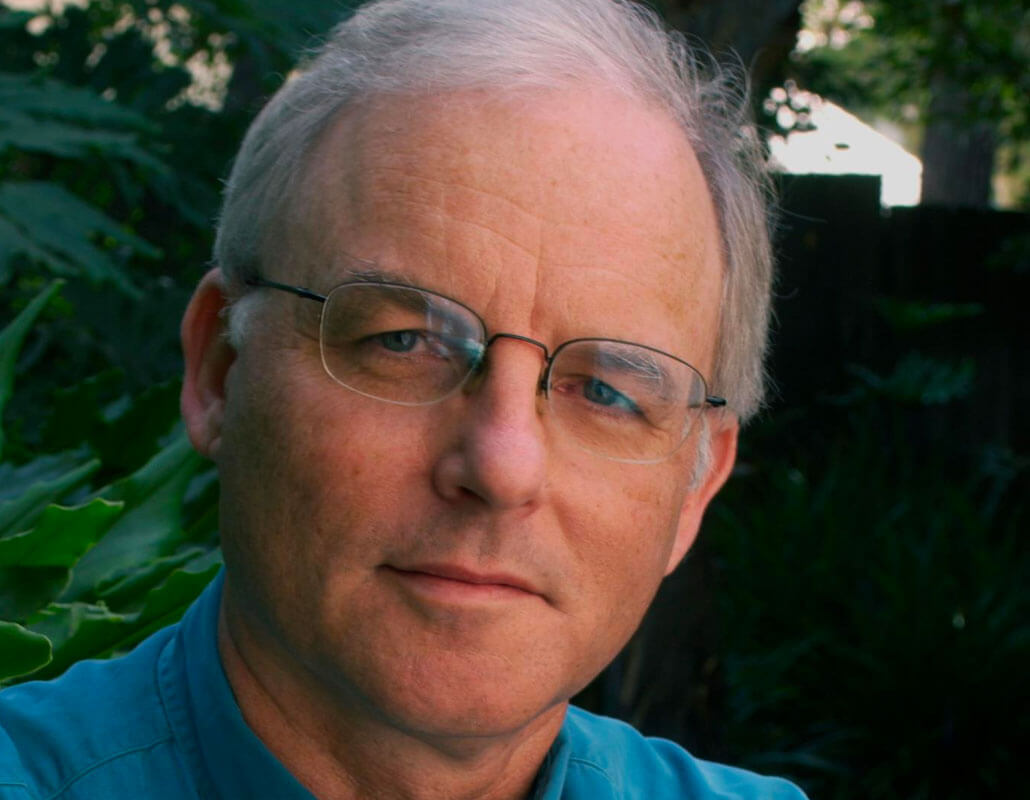
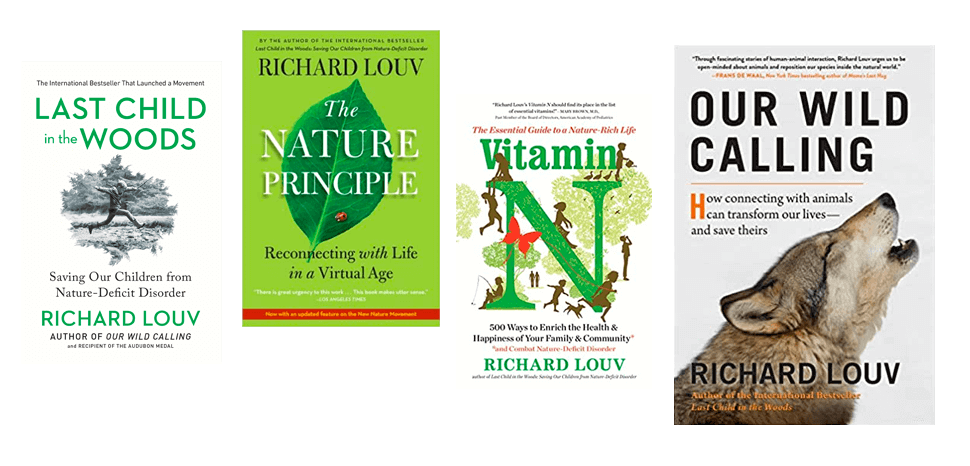
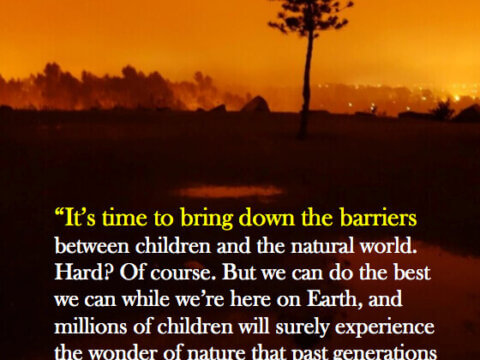
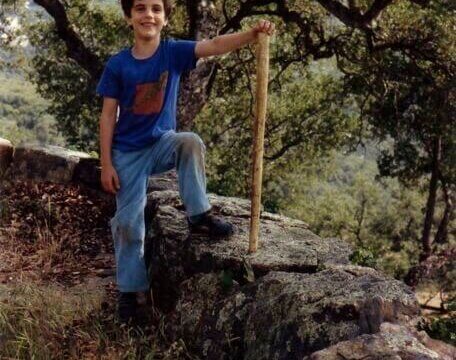
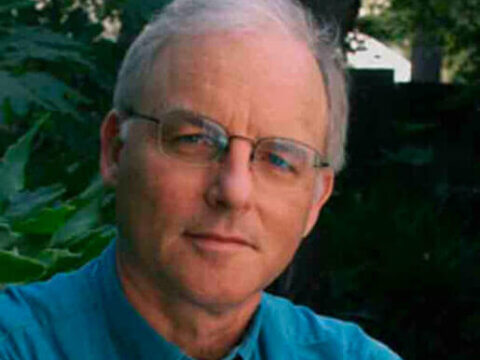
This is such an important topic! I never realized how much our modern lifestyles have distanced us from nature and its impact on children’s development. Thank you for shedding light on nature-deficit disorder! I’m definitely inspired to encourage more outdoor activities for my kids.